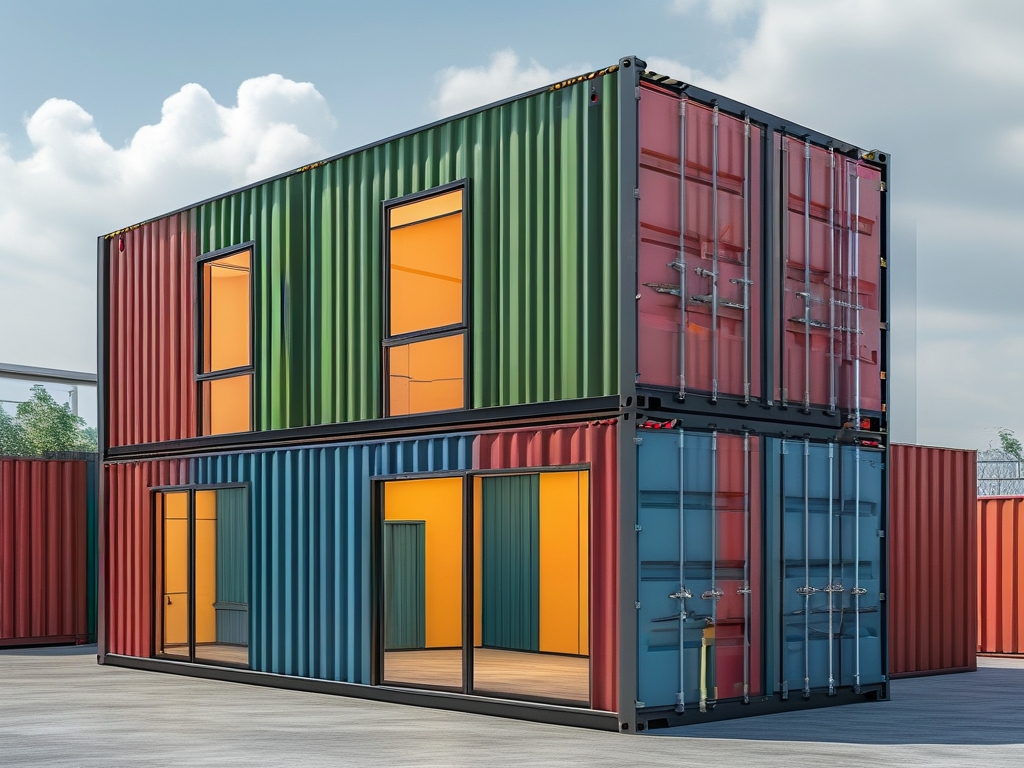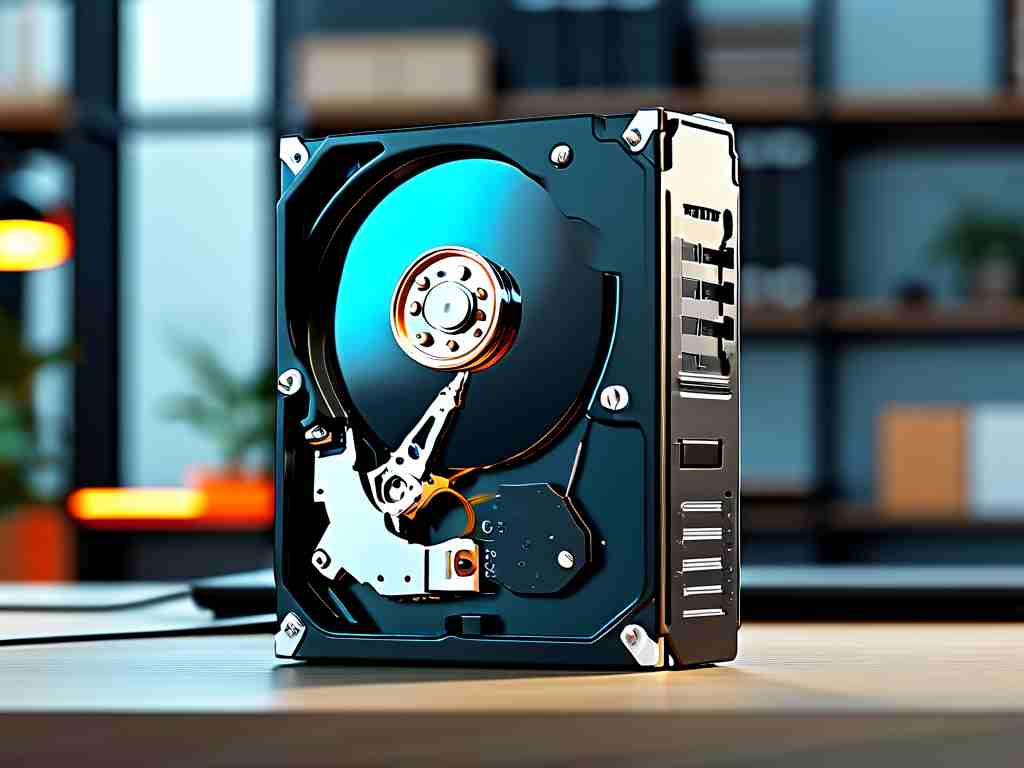In the era of cloud-native computing, containerization has become a cornerstone for deploying scalable and efficient applications. However, one of the most persistent challenges developers and DevOps teams face is configuring container memory appropriately. Incorrect memory allocation can lead to application crashes, resource contention, or unnecessary infrastructure costs. This article explores proven methods for calculating container memory configurations, ensuring optimal performance and cost-efficiency.

Understanding Container Memory Basics
Containers rely on memory limits to operate within resource boundaries. Unlike virtual machines, containers share the host system's kernel but isolate processes and resources. Memory allocation for containers involves two key parameters:
- Memory Limit: The maximum RAM a container can use.
- Memory Request: The guaranteed RAM reserved for the container.
Misconfiguring these values often results in Out-of-Memory (OOM) errors or underutilized infrastructure. For example, setting a memory limit too low might terminate critical processes, while overly generous limits waste resources.
Step-by-Step Calculation Methodology
1. Analyze Application Requirements
Start by profiling the application's memory usage under realistic workloads. Tools like docker stats, kubectl top, or APM solutions (e.g., Prometheus, Datadog) provide insights into peak and average memory consumption. For Java-based applications, consider JVM heap settings (-Xmx and -Xms), which directly influence container memory needs.
2. Account for Overhead
Containers require additional memory beyond the application's core needs. Overhead includes:
- Runtime Dependencies: Libraries, language runtimes (e.g., Python, Node.js).
- System Processes: Logging agents, sidecar containers in Kubernetes.
- Safety Buffer: Reserve 10–20% of the total limit to handle unexpected spikes.
For example, if an application uses 512 MB under load, adding 128 MB for overhead brings the total limit to 640 MB.
3. Leverage Horizontal Scaling
In Kubernetes, avoid overloading individual containers. Instead, distribute workloads across replicas. If a service consumes 2 GB of RAM, running two replicas with 1.2 GB limits each (including buffer) improves resilience and resource utilization.
4. Adjust for Garbage Collection
Languages with garbage collection (e.g., Go, Java) may exhibit periodic memory spikes. Monitor garbage collection cycles and set limits higher than the observed maximum to prevent OOM kills.
Common Pitfalls and Solutions
- OOM Killer Interference: When a container exceeds its limit, the Linux kernel terminates processes abruptly. Mitigate this by setting limits slightly above the application's observed maximum usage.
- Swap Memory Misuse: Disabling swap ensures predictable performance but increases OOM risks. Use swap only for non-critical workloads.
- Static Configurations: Memory needs evolve. Implement automated scaling policies (e.g., Kubernetes Vertical Pod Autoscaler) to adapt to changing demands.
Case Study: Optimizing a Microservice
Consider a Node.js microservice initially configured with a 1 GB memory limit. Monitoring revealed peak usage at 900 MB, but frequent OOM errors occurred during traffic surges. By recalculating the limit to 1.2 GB (900 MB + 20% buffer + 50 MB runtime overhead), stability improved without significant resource waste.
Tools for Precision
- cAdvisor: Collects container resource metrics.
- kube-state-metrics: Monitors Kubernetes pod memory usage.
- Vertical Pod Autoscaler (VPA): Dynamically adjusts memory requests and limits.
Calculating container memory configurations demands a balance between application needs, overhead, and safety margins. By combining empirical data, proactive monitoring, and adaptive scaling, teams can achieve efficient resource utilization. As containerized environments grow in complexity, mastering these methods becomes essential for maintaining performance, reliability, and cost-effectiveness.









